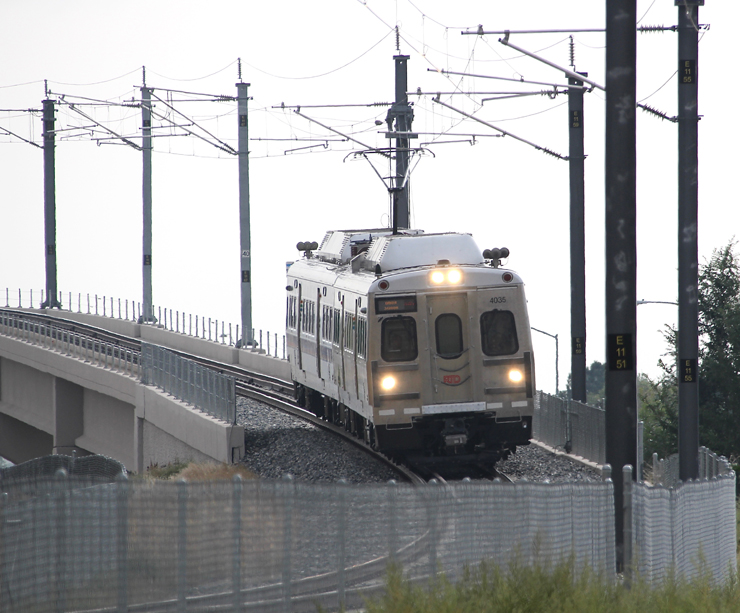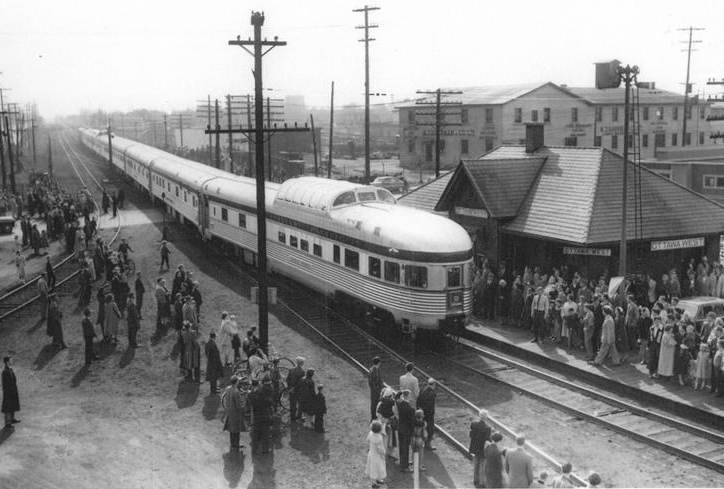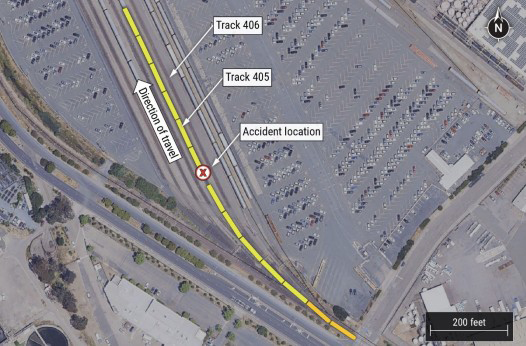DENVER — Tall buildings are part of the reason for Denver RTD’s ongoing grade-crossing problems on two commuter rail lines, the transit agency told federal regulators.
The Denver Post reports that the RTD told the Federal Railroad Administration a software patch is coming to soon to fix the problems, in which the tall buildings block GPS signals the system needs to allow crossing gates to operate on the A Line to the Denver Airport, and the yet-to-open G Line to western suburbs.
The issue was revealed in an action plan the RTD was required to file with the FRA by Dec. 15 to show its efforts to resolve the crossing-gate issues, which have existed since the airport line opened in April 2016. In a November letter, the FRA had said it might revoke the waiver which allows the airport route to operate if it did not receive the RTD’s plan by the deadline. [See “FRA could shut down Denver airport line because of crossing-gate issues,” Trains News Wire, Dec. 7, 2018.]
The RTD plan also asks the FRA to grant a similar waiver to allow the start of operations on the G Line, which was originally supposed to open in October 2016.
The complete RTD plan is available here.















All of you need to go read the Denver Post article, that explains in detail the exact issues that they’re having with the system and why it won’t work with electrification. It also explains why a track circuits don’t work with the electrification as they have it…has to do with the 60hz AC being cycled through the rails(don’t ask me, I just read what it says).
Sorry, this is making me laugh my head off. Should have designed a backup or a secondary validation method to make sure the wireless was accurate. Now any kid with a Raspberry Pi can jam the signals on the RTD and cause a wreck. Can’t read GPS, how about inertial guidance? How about RFID tags in or near the rails?
There are so many positional technologies available to make sure you are in the right location.
Well, it’s either them tall buildings or else the high altitude!
As I stated in an earlier comment on this site, the problem is that the new wireless grade crossing activation system does not work properly with PTC This is the first system to try this wireless technology. Their excuse to not reverting to a hard wired system is that it would be expensive to do. Yet they continue to pay flaggers to protect their crossings. They also have stated that because it is an electrified system (over head wiring) that it would be difficult to do. This was reported in the Denver Post last week. As I previously mentioned in a prior post their light rail system has had no problems with their crossing signal. which are apparently hard wired. As a friend said to me “It sounds like someones brother in law sold them this system”.
Don’t commuter lines operate in other cities that have tall building? If so how did they resolve the tall building issue. I suppose since Denver is the “Mile-High” city that adding tall buildings could be a new problem.
Yeah, sure. Yet your light rail which passes some tall buildings seems to work just fine.
If a tall building blocks your signal then pay to put an antenna on that building so you can install a repeater.
I agree with all of you. This is the most ludicrous explanation yet.
Make the contractor who sold you this system rip it out and put in a standard system. It’s not complicated. This whole thing is ludicrous.